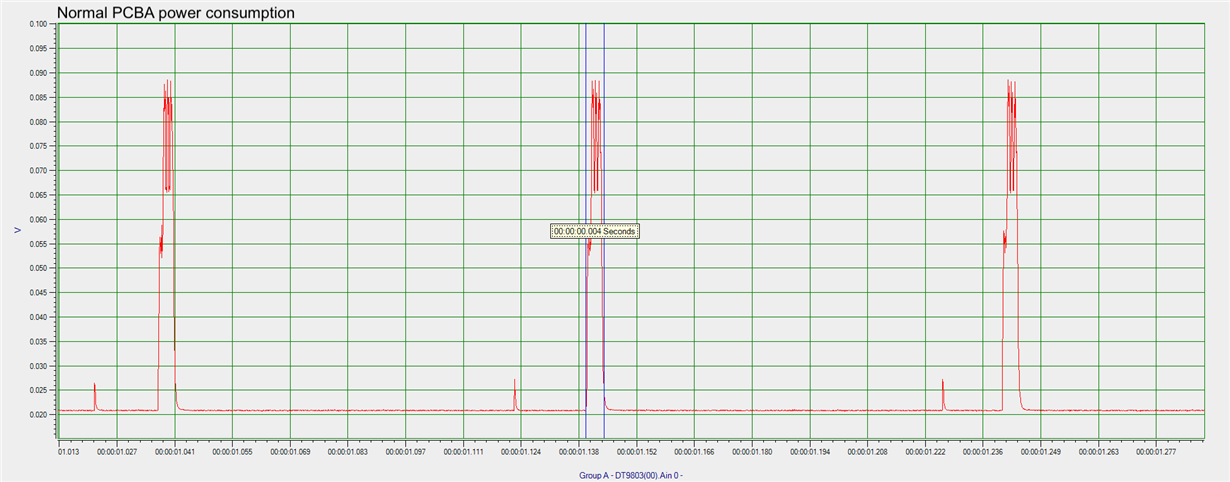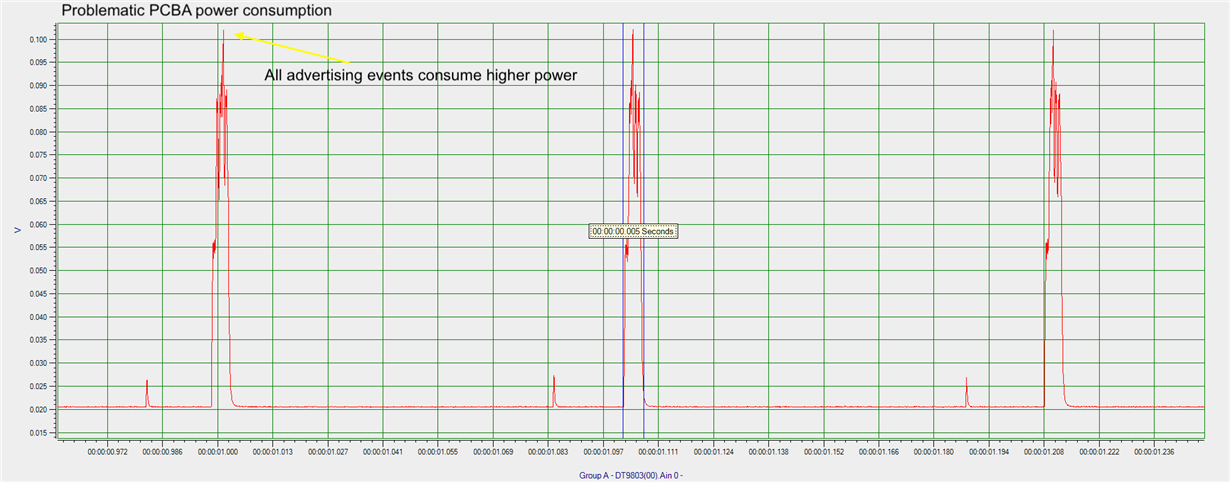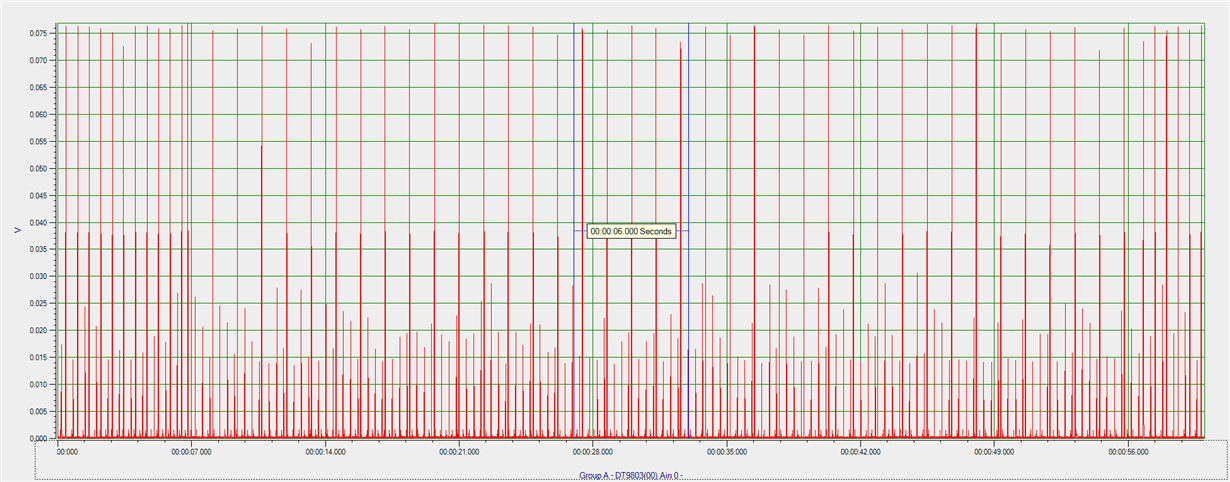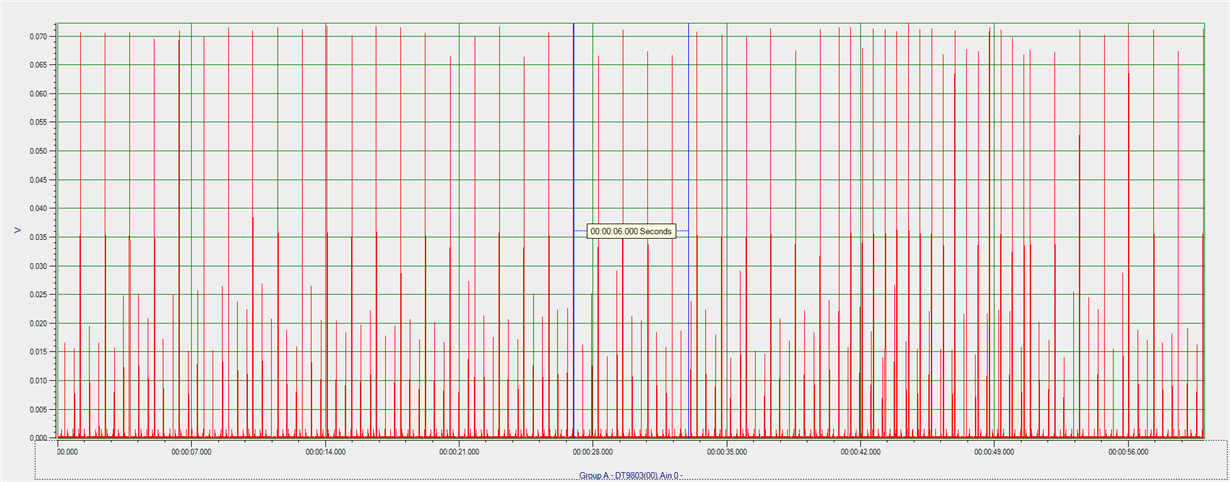We built a bunch of PCBA with CC2640R2F. About 0.x% of them, the RF power consumption is higher than the other 99%. Everything is the same. All PCBAs were built in the same batch. The exact same program causes a higher power consumption on advertising in that 0.x% problematic PCBA. The power consumptions in the idle mode or during the RTOS tasks are all the same, just the RF takes about 8% more with those PCBA. I have no idea what caused that. The assembly used ultrasonic welding. Could that be the problem? But the crystal component manufacturers said if the ultrasonic damaged it, it would not work at all.
Any idea? Is there a way for the factory QA to identify such PCBA(s)?
The following tests were using the standard Simple BLE Peripheral project. (Flash is still working).
Thank you for your time.
Samson





